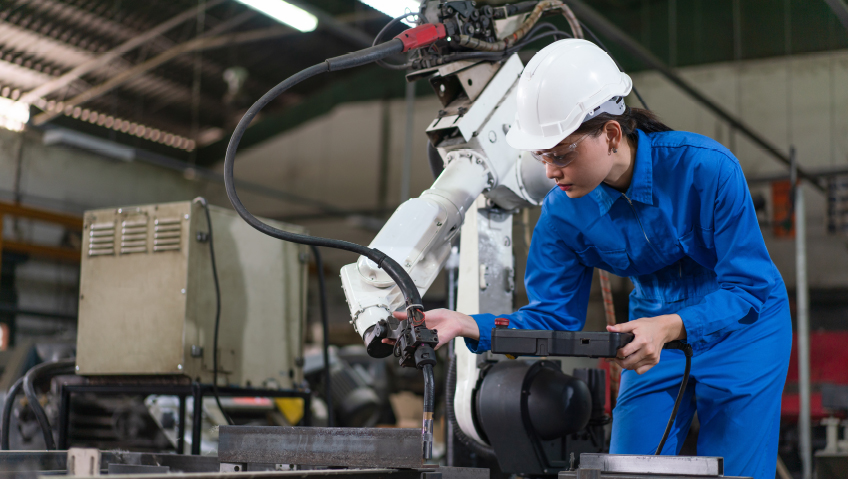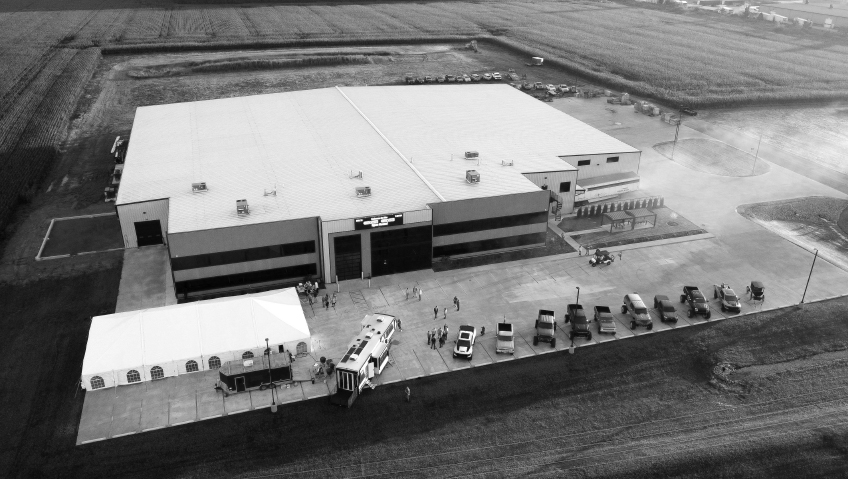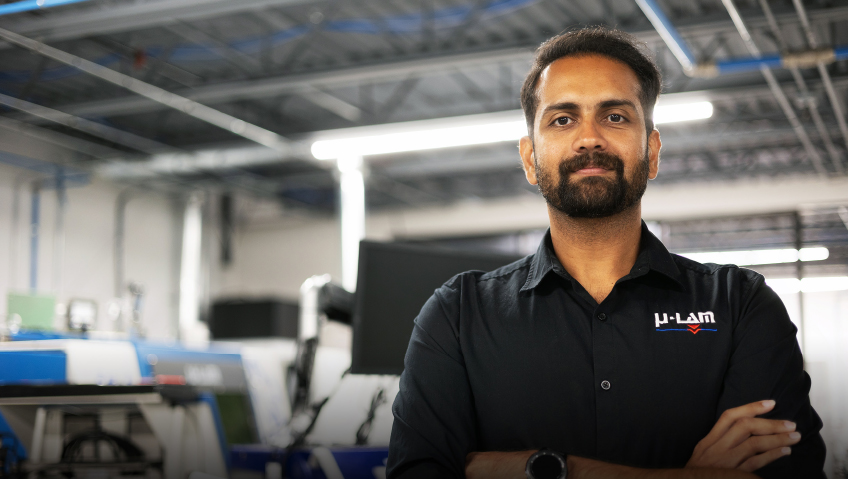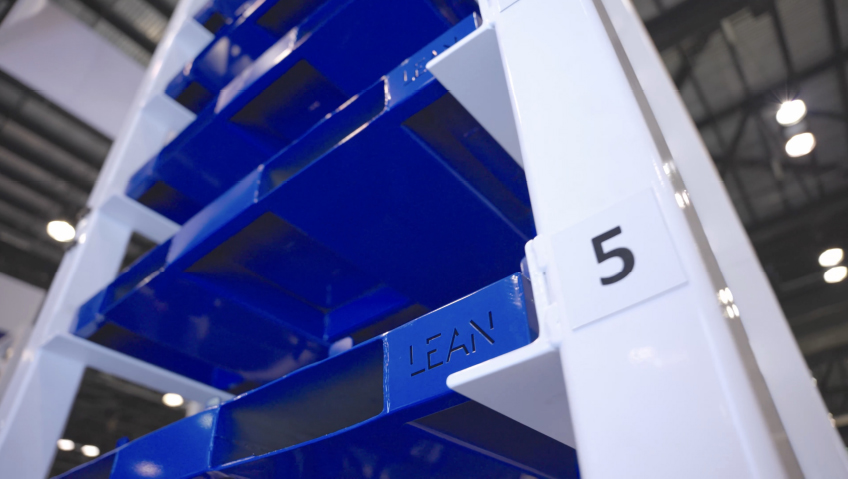Just as the rise of artificial intelligence (AI) recently sparked concerns about job losses, it also became a blessing for employers grappling with severe staff shortages across the United States and Canada. Now, we are witnessing the arrival of the microfactory. Initially skeptical about its legitimacy, I’m now pleasantly surprised by some of the positive outcomes this next-generation innovation is already producing.
In the developing world, many fear losing manual labor jobs to machines, but the Fourth Industrial Revolution is bringing a few unexpected benefits. One clear advantage is that starting a business is now cheaper and easier, thanks to small, modular microfactory setups. This is a stark contrast to the exorbitant costs once associated with building traditional factories. Even more surprising is the growing number of large manufacturing firms investing in modular microfactory technology to operate smaller units within larger facilities.
Speaking with numerous manufacturers this year, a noticeable shift has emerged. Executives are increasingly discussing how microfactory technology within their existing factories makes more sense than ever. There are several reasons for this. First, modular factories are cost-effective to purchase and install. They are also easier and cheaper to maintain. Additionally, their reduced carbon footprint is helping large manufacturers meet their sustainability goals.
According to the World Economic Forum, microfactories use significantly less water and electricity than traditional machines, while optimizing space and material use. The software for these systems is typically standardized, making operations, upgrades, and replacements straightforward. Microfactories can also be easily arranged into larger arrays, offering versatility, scalability, and customization.
Moreover, microfactories give both large and small manufacturers the ability to pivot rapidly, supporting both low- and high-volume production. For instance, Arrival, an electric vehicle company in the UK, uses microfactory technology, with the setup costing just five percent of a traditional factory’s price—reducing the cost from $1 billion to $50 million.
Despite these advancements, concerns about job losses due to technological development persist in developed countries. As reported by Ana Cooban for CNN in April, a survey by Oxford Economics and Adecco Group found that 40 percent of executives expect to cut their workforces due to AI, with less than half planning to reassign displaced workers.
In contrast, the World Economic Forum offers a more optimistic outlook, citing growing sectors like cybersecurity, data analytics, and climate change technologies. However, experts at Goldman Sachs predict the loss of 300 million jobs due to automation, according to CNN.
In Africa, microfactories are seen as a way to combat poverty in rural areas. Despite challenges including limited access and funding, AFRI.CAN, South Africa’s sole supplier of microfactories, has worked to make the technology more accessible across the continent. The company’s founder, Philip Jonker, conceived of the idea for microfactories while traveling through Zambia in 1999, driven by the need for processing equipment to prevent food wastage after harvest. Jonker wanted to develop a solution that could help relieve this problem. “[Africa] has an unbelievable resource in people who work hard and who want to [work], good quality soil, and water [that results in] the most incredible produce,” he says.
Microfactories provide rural Africans with the ability to process and store produce for longer, enabling them to sell locally instead of enduring arduous journeys to distant markets, often hundreds of kilometres away, carrying small bundles of sugarcane and other harvests over rough terrain for very little in return. In addition, many larger processing facilities are owned by foreign interests, which means that whatever is produced in such factories can only be bought at comparatively high prices on the local market, which excludes many from obtaining such food for basic survival.
“The vision is to establish a scattering of a million microfactories across Africa. It is spawning an economy by creating micro-economies in rural [areas],” Jonker continues, highlighting the importance of keeping wealth, in all its forms, within the region in which it is generated to cultivate true prosperity for the people of that area. And, while this low-tech concept was developed for rural regions, entrepreneurs in population-dense urban settings also benefit from low- and high-tech microfactory arrays as they take up far less space than cumbersome old-fashioned fabrication layouts. In the process, Jonker notes that communities of humans begin to gather again around such manufacturing outfits, creating new futures, learning from one another and connecting in the ways that we are meant to do.
The COVID-19 pandemic demonstrated the vulnerabilities of centralized manufacturing. As Evan Spark-DePass notes in a 2020 article on the promise of microfactories in Africa, “The economic efficiencies of centralization are often in direct conflict with resilience. The more centralized the production, the more likely that a disruption or shock could significantly undermine a company’s core business and ability to reach consumers.” In this sense, microfactories may well be the answer to regaining the economic and manufacturing resilience the world is searching for. As with any big shift, however, to achieve this, change is needed.
Jonker also emphasizes the value of small enterprises serving local markets, which are more adaptable than large corporations that often buy out struggling mid-sized businesses. In rural regions, small manufacturing outfits can drive local economic growth, regardless of AI involvement.
This shift is already evident in consumer behavior. At a recent Chamber of Commerce meeting in New York, I learned that many consumers are moving away from big-brand stores in favor of small boutiques offering locally produced goods. As more people opt for private-label products over expensive luxury brands, smaller companies manufacturing on a small scale stand to benefit. Many professionals could pivot to micro-manufacturing, using their expertise to serve local markets. Ultimately, the rise of microfactories serves as a reminder that where there’s a will for positive change, there’s a way.






